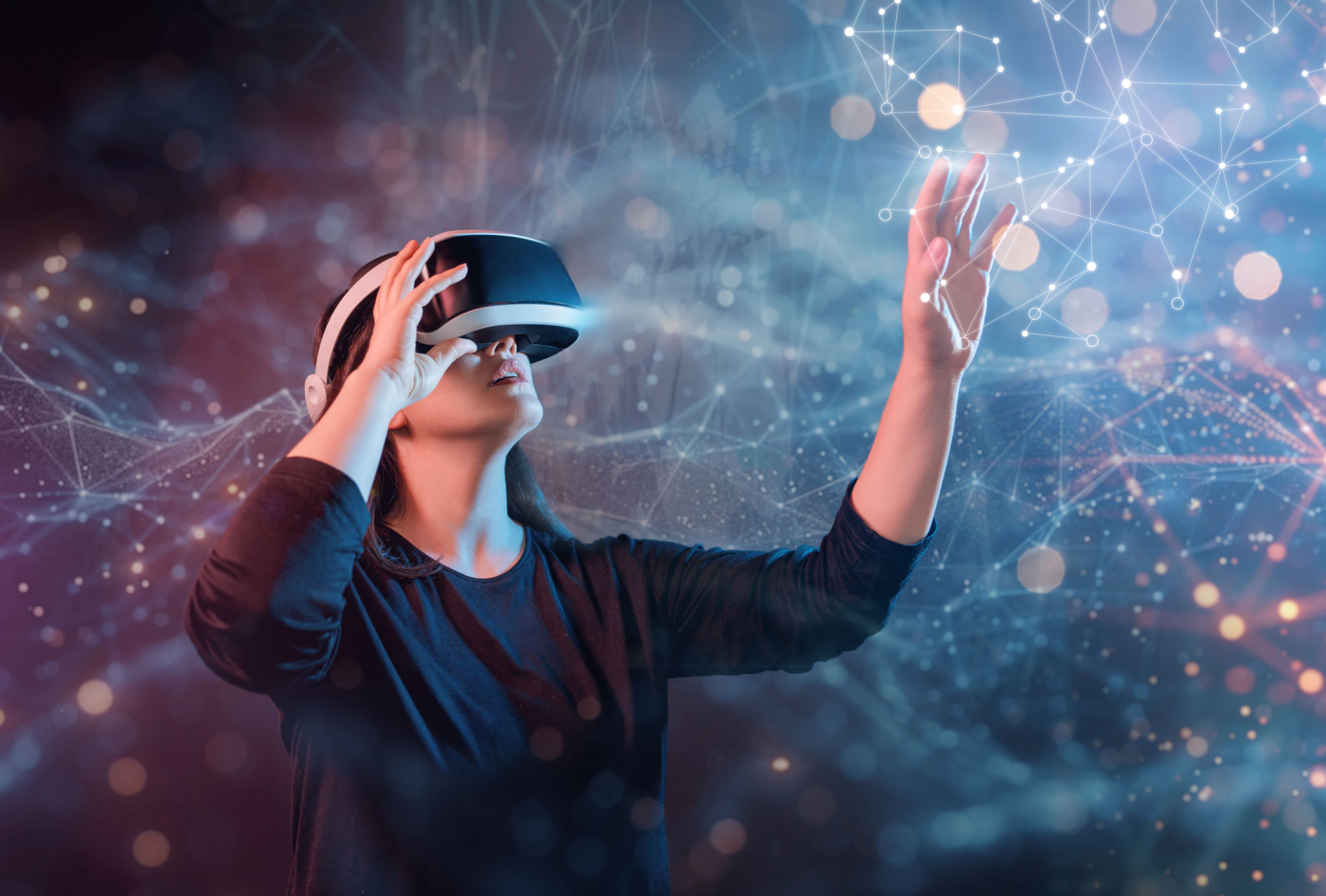Digital Multimedia Arts and Its Impact on Modern Storytelling
The Evolution of Storytelling Through Digital Multimedia Arts
In the realm of storytelling, the advent of digital multimedia arts has heralded a new era of creativity and expression. Gone are the days when storytelling was confined to the written word or traditional media. Today, digital tools and platforms allow creators to weave narratives that are not only vivid but also interactive, engaging audiences in unprecedented ways.

Interactive Narratives: A New Dimension
One of the most significant impacts of digital multimedia arts on storytelling is the rise of interactive narratives. Through platforms like video games and virtual reality experiences, audiences can now become active participants in the story. This shift from passive consumption to active engagement allows for deeper emotional connections as individuals make choices that influence the storyline.
Interactive storytelling empowers creators to design branching narratives where each decision leads to different outcomes. This not only enhances replayability but also offers a personalized experience, making each user's journey unique. As a result, storytelling has become more immersive, with audiences feeling a stronger sense of agency and involvement.

The Fusion of Visual and Auditory Elements
Digital multimedia arts have also transformed storytelling by seamlessly blending visual and auditory elements. High-definition graphics, augmented reality, and sophisticated sound design work together to create richly detailed worlds that captivate the senses. These elements are no longer supplementary; they are integral to conveying the story's mood and message.
Moreover, multimedia arts have made it easier to incorporate diverse art forms into storytelling. From animation and motion graphics to ambient soundscapes, creators can now craft multidimensional narratives that resonate with audiences on various levels. This fusion of art forms not only enhances the storytelling experience but also broadens its appeal across different demographics.

Breaking Barriers with Technology
The integration of technology into storytelling has broken down barriers that once limited creators. With digital tools, storytellers can reach a global audience instantly, transcending geographical and linguistic boundaries. Platforms like social media, podcasts, and streaming services have democratized content creation, enabling anyone with a story to share it with the world.
This accessibility has led to a more diverse range of voices being heard. Underrepresented communities can now tell their stories in their own words, fostering greater empathy and understanding among audiences. Technology has empowered storytellers to challenge norms and push the boundaries of traditional narratives.
Future Trends in Digital Storytelling
As technology continues to evolve, so too will the methods of storytelling. Emerging trends such as artificial intelligence (AI), machine learning, and blockchain are poised to revolutionize how stories are created and consumed. AI can assist in generating content or personalizing narratives for individual users, while blockchain could offer new ways to secure intellectual property rights for creators.

In conclusion, digital multimedia arts have fundamentally altered the landscape of modern storytelling. By embracing these advancements, storytellers can craft engaging, immersive experiences that captivate and inspire audiences worldwide. As we look to the future, the possibilities for innovation in storytelling are virtually limitless, promising even more exciting developments on the horizon.